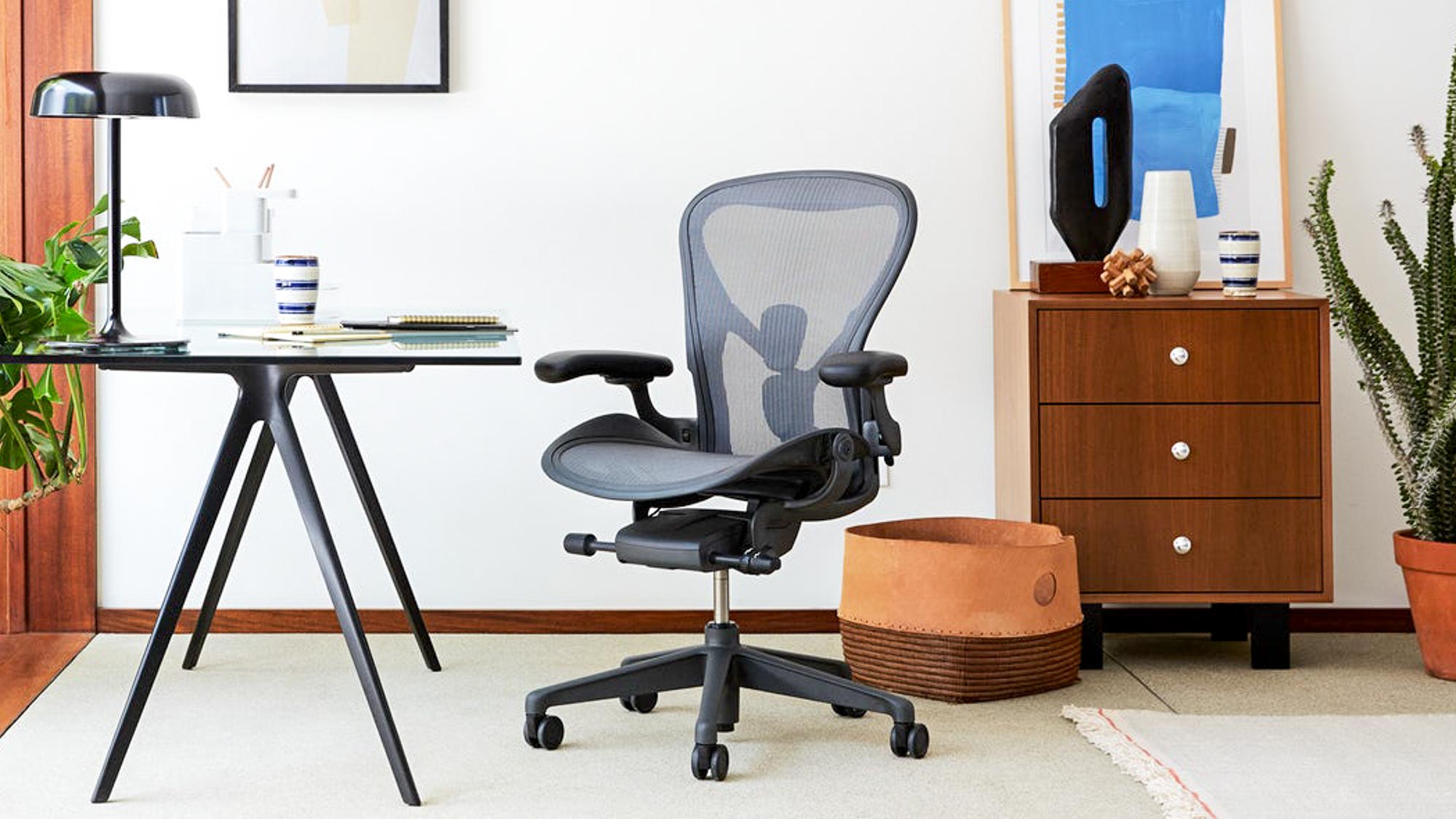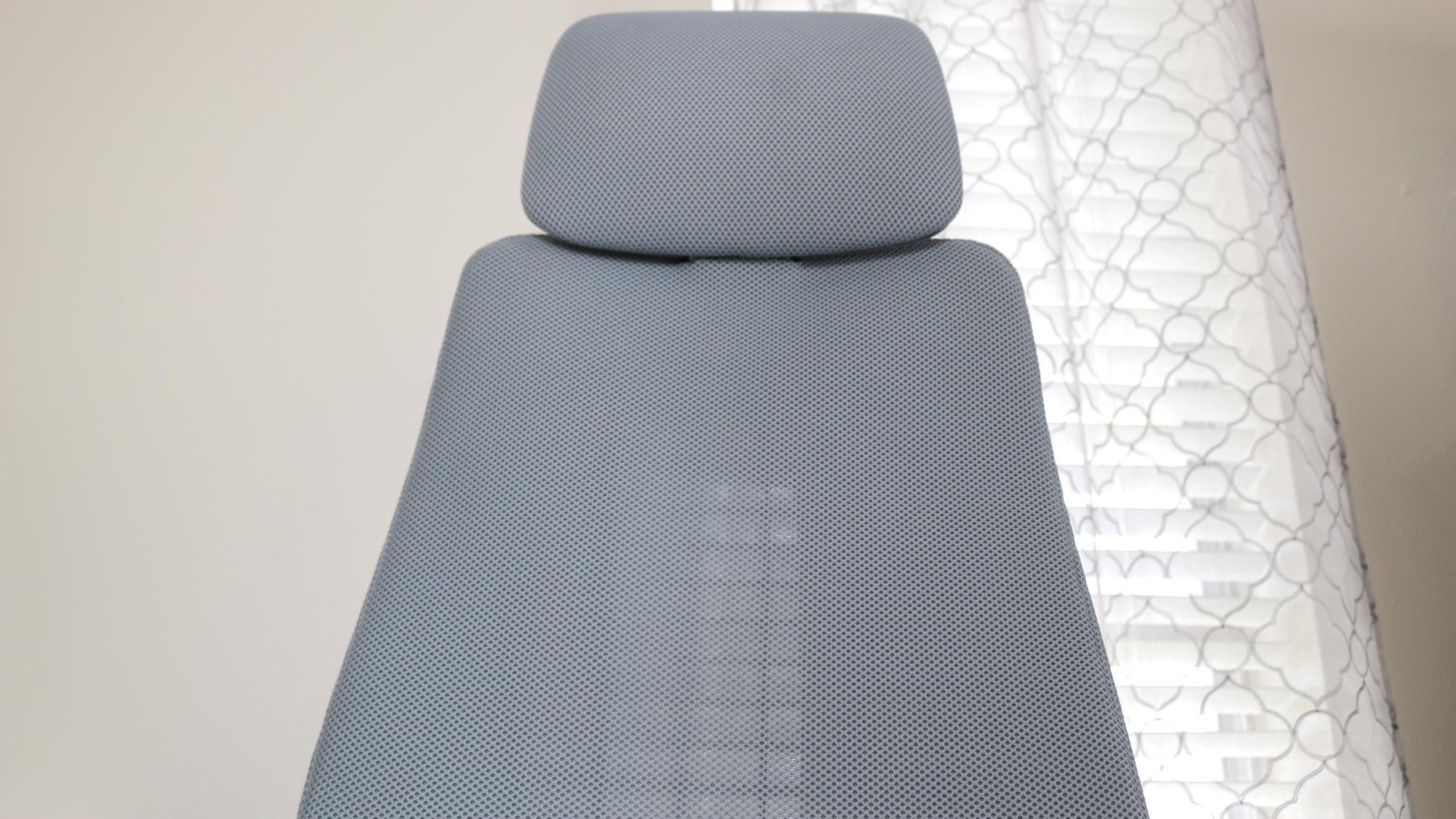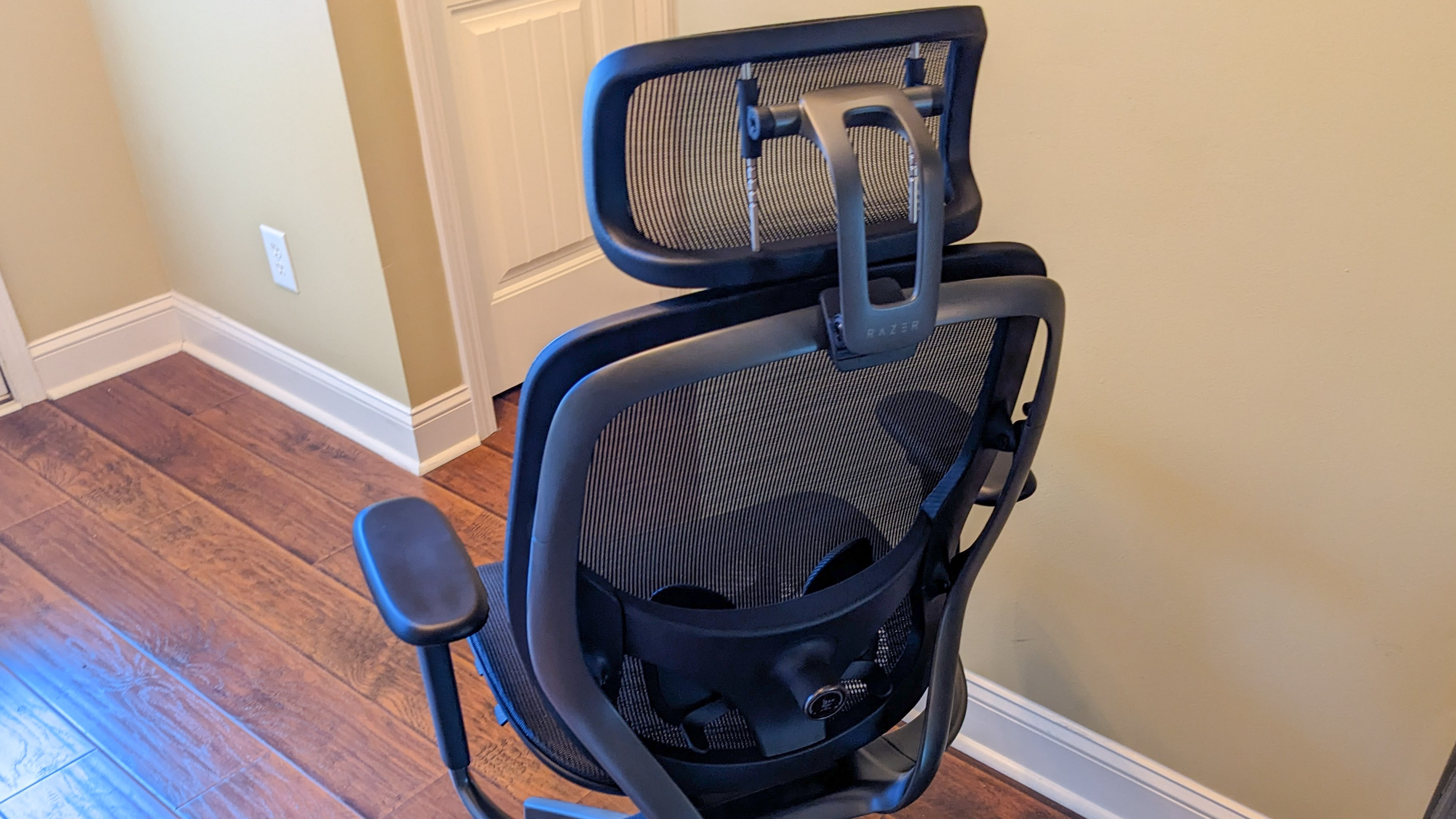
Unless you're dropping a boatload of cash on some chic leather seats for your Manhattan conference room, there's a good chance you've been looking into two much more popular, practical options when it comes to the best office chairs: mesh and foam.
Nearly every chair we've reviewed uses either one or both of these technologies for seat and backrest padding, and we've found that they can both be supremely comfortable. However, they don't feel or perform the same, and some people may feel swallowed by foam or unsupported by mesh.
To clear up the major differences between each material, we've put together this quick explainer to illustrate the ideal conditions for using each one.
What are mesh and foam?
First and foremost, let's establish what each material is, how they're both made and what they look like on an office chair.
Mesh

"Mesh" is a bit of an umbrella word for a wide variety of woven fibers, most made from synthetic sources like polyester and nylon. When laced together, these fibers create a stretchy net that acts like suspension rather than cushioning.
One of mesh's greatest strengths is its breathability. Since it's not a solid fabric, air can flow seamlessly through the gaps between the fibers. If you live in a hot environment or are prone to sweating, you may benefit from this extra cooling.
Foam

There are loads of different kinds of foams out there, but for the sake of simplicity, we'll focus on the two main kinds of foam here: slab foam and memory foam.
Slab foam is the most common type of polyurethane foam you'll find in furniture, and it gets its name from the mass-produced slabs from which it's cut to go under the fabric on your chair. It comes in various densities, which allows chair designers to fine-tune their cushioning, and it's relatively inexpensive.
Memory foam, a slightly pricier option, has additives other than polyurethane that help with molding to your body and temperature regulation. It's also a bit more durable, and it's resistant to critters like dust mites. This one you'll likely be familiar with as it's found in many of the best mattresses these days.
Foam has remained a mainstay among the best gaming chairs because the hugging sensation you get from it and the fact that it feels great when you're kicking back. It's not as breathable as mesh, but it is a lot cozier.
Durability and cleanliness

Because mesh isn't made with any soft fabrics, it's pretty dang easy to clean, especially compared to foam. There's hardly anywhere for an errant coffee splatter to soak into the weave, and you can usually get the worst of any stain out with some dish soap, water, and a good scrubbing brush. Foam, on the other hand, can get soaked through and take a good while to dry. This can lead to degradation of the foam and, depending on the liquid spilled, some unsavory odors.
That said, while foam tends to go flat over time, it's a lot easier to repair than mesh. If you get a tear in your foam chair, it's a lot easier to patch up than any rips in the evenly load-bearing weave of a mesh chair. Mesh can still be repaired, but it does lose its springiness much more easily with damage.
Comfort and ergonomics

Cushioning-wise, foam largely takes the win as the more pliable option. It doesn't rely on any kind of tension to maintain its structure, which allows chair makers to give foam cushions a lot more give than mesh ones. That's a big reason why most gaming chairs are foam, as well as pretty much all the other non-office furniture in your house.
Mesh, on the other hand, is ideal if you prefer your seat to suspend you in a more upright position. Mesh often has a much springier feel to it than foam, which is ideal if you don't want to feel like you're sinking into your seat.
In terms of ergonomics, both foam and mesh can be contoured to fit whatever shape you need. But the way each material takes that shape is quite different. Foam can be cut into any shape without needing any sort of structural support to hold it there, whereas mesh requires a frame, often made of composite or metal, to hold it taut.
If you don't want hard edges on your seat or backrest, you may be better off with a foam model, but if you want more rigid support, mesh is the way to go. It's also worth mentioning that, if you want adjustable lumbar support, it's a lot easier to get with a mesh backrest than a foam one.
Breathability and temperature regulation

As mentioned before, there's no contest regarding which material is more breathable: mesh takes the cake by a landslide. That means you're a lot less likely to build up sweat when you're sitting, and if you do, it's a lot easier for it to evaporate. In warm climates, you're likely to find this construction a lot more comfortable.
On the other hand, if you live somewhere cold, you'll probably enjoy the insulating qualities of foam, especially as you sink into it. The same lack of heat transfer that makes foam less than ideal in hot weather makes it a much cozier option for the winter months.
Why not both?

If you're still torn on which one to pick, you can additionally choose a chair that uses both mesh and foam. A vast array of the chairs we've tested use foam for the seat and mesh for the backrest, which gives you a bit more rear-end comfort while keeping your back upright, energized, and sweat-free.
Plenty of options for your comfort needs
Regardless of whether you need more cushioning, better airflow, or simply a different feel than what you're getting on your chair, you'll surely find your match with mesh, foam, or a combination of the two — after all, all the best office chairs use them, and there's no sign that either are going by the wayside soon. But when it comes to fine-tuning your final pick for your next workplace perch, it's never a bad idea to know how each material will enhance your chair's performance.







